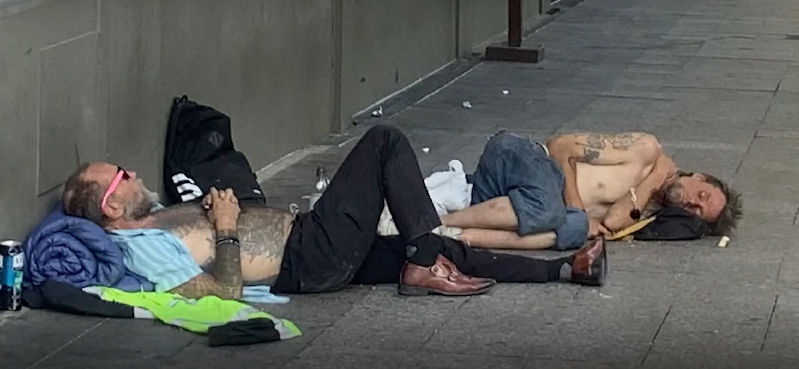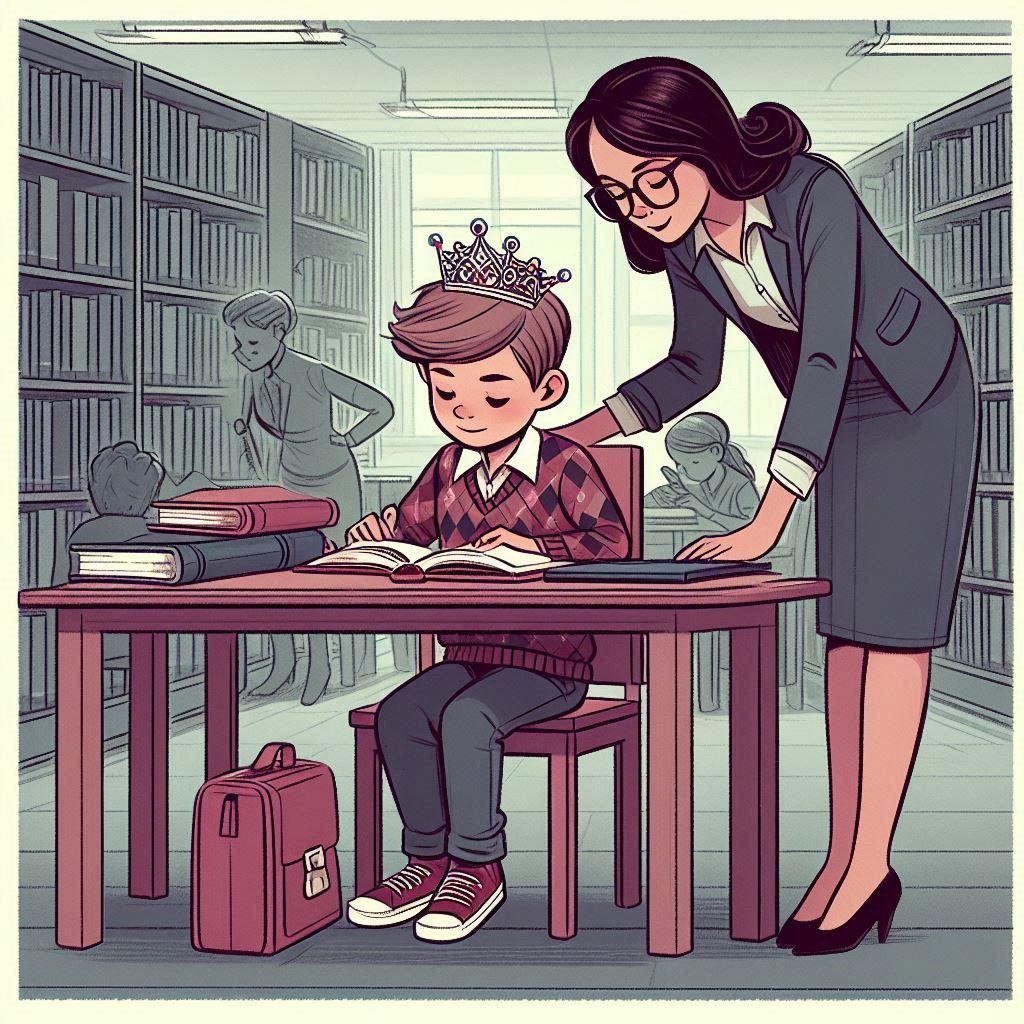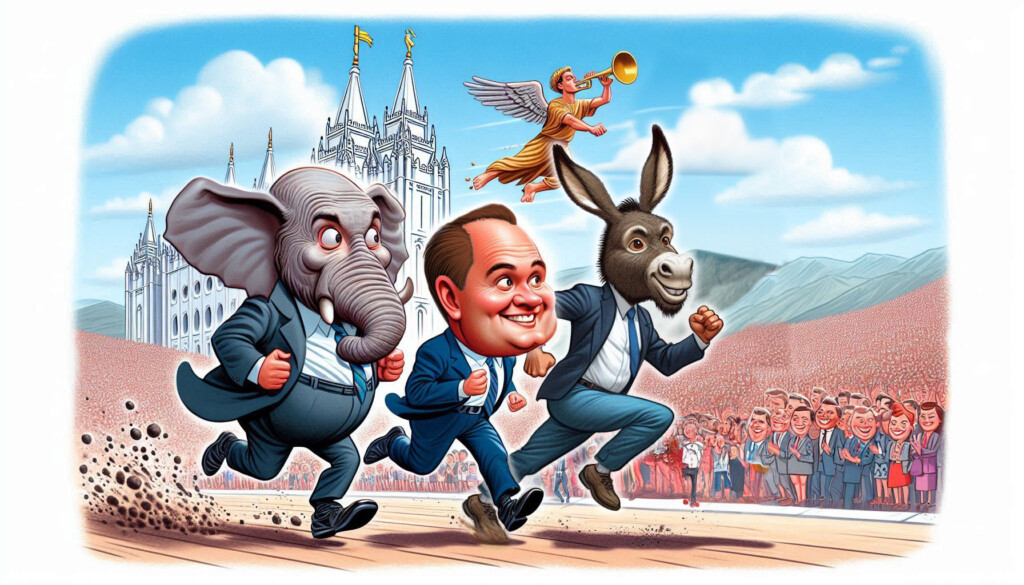
Former Mayor Rocky Anderson on Salt Lake City’s Rise in Homelessness And the Treatment of Homeless People By Current Salt Lake City Mayor Mendenhall
Two-term former Mayor Rocky Anderson is running again for Mayor of Salt Lake City because he sees Salt Lake City in a state of moral decay and turmoil for residents, members of the homeless community, and businesses due to current Mayor Erin Mendenhall’s policies and treatment of the homeless.
Last January, dozens of people living in tents on 500 West near the Rio Grande depot were being pushed out by police. The property of some was being confiscated and destroyed by city contractors. The homeless people had no alternatives, as police officers conceded, because all shelters were at capacity and the Mayor had provided for no other places for people to exist. One homeless man being pushed out by police was suffering in the freezing cold with snow collected on his body under a thin blanket.
Mayor Anderson was there to witness and record the raid when he noticed the man was not wearing shoes. He asked him why he was only wearing socks and the man replied he couldn’t wear shoes because of the condition of his feet. Anderson looked at his feet and immediately said, “Get in my car. I’m taking you to an emergency room now.”
Anderson took him to Salt Lake Regional Hospital, where the man was diagnosed with severe frostbite and trench foot. The condition ultimately causes skin and tissue breakdown which increases the risk of infection and increases associated morbidity and mortality. Several homeless people in Salt Lake City died or had fingers or toes amputated because of frostbite they suffered while left out in the bitter winter by the Mendenhall administration. Official Salt Lake City Police reports indicate only five have died, but the Salt Lake Tribune has found ample evidence demonstrating that this figure is inaccurate and at least a dozen died. Salt Lake City Records department is no longer communicating with Utah Stories on providing (UD) unattended death records.
“When you think of people having no alternative but to relieve themselves in various places throughout our community; when you think of people encamped in public places throughout our city; when you see untreated people, suffering from substance addiction or other mental illness, on our streets and in our neighborhoods, focus any anger or resentment you might have on the Mayor, who has repeatedly refused common-sense solutions that would serve the interests of residents, homeless people, and businesses alike,” said Anderson.
Anderson passionately believes that no homeless individuals should have died from exposure last winter and that deaths and amputations were caused by the inhumane homeless policies and practices of Salt Lake City Mayor Mendenhall. The policy is one of “continued abatements,” as they are referenced by City officials. Anderson believes the word “abatements” is dehumanizing and far too sterile for what it represents. “You abate mosquitoes and nuisances, not human beings.”
Anderson added, “The City raids human beings, it confiscates their survival gear–their tents and sleeping bags, their blankets. That’s what has been happening under Mayor Mendenhall’s administration.” Utah Stories witnessed this directly before the NBA All Star Game weekend last winter, as a man had his blanket stolen and another man’s tent and sleeping bag were taken and destroyed during an “abatement”.
In 2018, Salt Lake City allowed the demolition of The Road Home homeless shelter in the downtown area, which provided 1100 beds. Upon a personal inspection the conditions inside the Road Home were awful: the bathrooms were unsanitary, beds were unsanitary, and drug use inside of the facility was rampant. The Road Home was replaced by three “Homeless Resource Centers” one in Midvale and two in Salt Lake City. These centers were designed to be quick-turn around and provide the basic needs of homeless individuals to get back on their feet as soon as possible. It was all a recipe for immediate disaster, since the new “resource centers,” combined, had about 400 fewer beds than in The Road Home shelter.
Also, according to dozens of people Utah Stories has interviewed, the “resource centers” have not provided the case manager support, wrap-around job services, or the drug-free, safe environment that the homeless visionaries promised. Instead, we hear reports that the severely mentally ill are in the same sleeping quarters with recently homeless individuals and that the symptoms of the severely mentally ill, such as night terrors, including screaming, bed defecation, and masturbation have made it unsafe for those who need temporary, rapid-rehousing support to feel safe and secure while sleeping. The neighbors of the “resource centers” complain that the promises made to them by the “resource center” advocates have been repeatedly broken and that the neighborhoods have sustained a severe degradation in the quality of life for residents and businesses.






